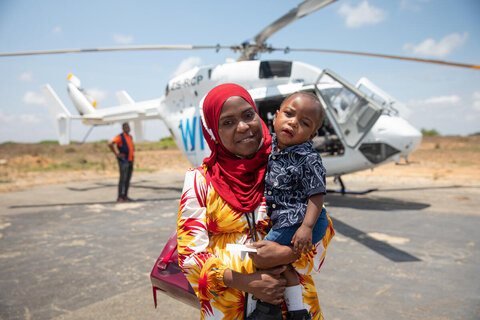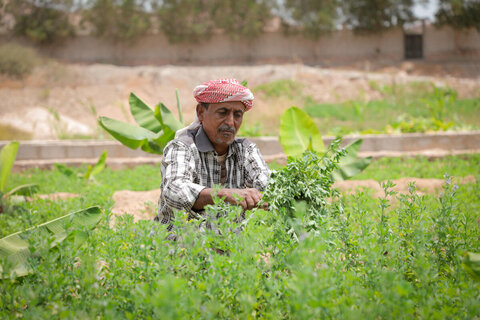Children of war
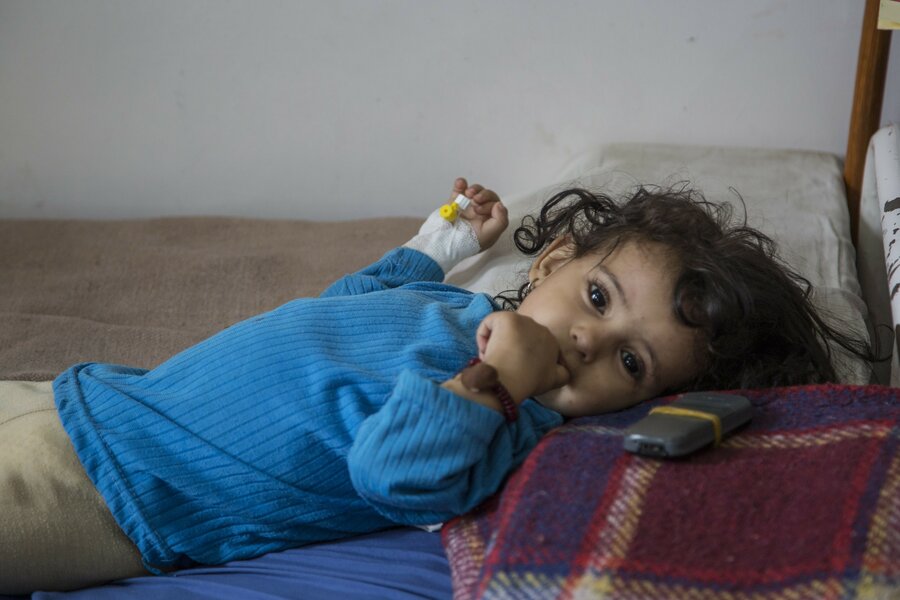
At 4, Batol Yahiya should be bouncing around and playing. Instead, she is lying in a hospital bed, receiving treatment for severe malnutrition. The war that has been the backdrop to most of her life has deprived her — and an estimated 1.8 million children under 5 — of the nutritious food she needs to grow up healthy.
Every ten minutes, a child dies in Yemen due to preventable causes. Malnutrition makes them more vulnerable to disease — including cholera — and can lead to death as their weak bodies crumble.
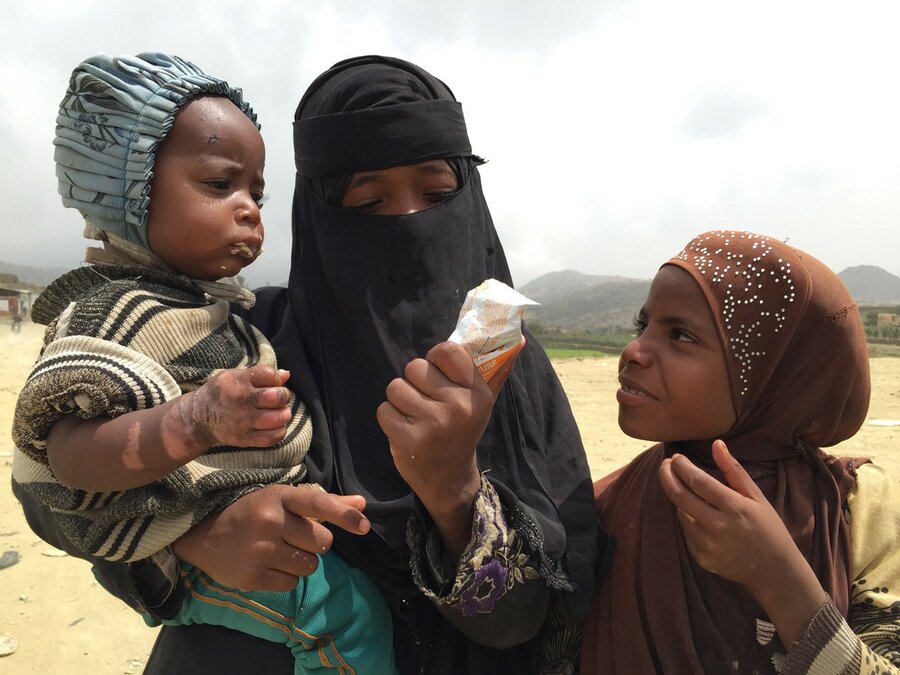
More than three years of fighting have turned Yemen — already one of the poorest Arab countries — into the world's largest hunger crisis. Two thirds of Yemenis, or 18 million people, do not know where their next meal will come from. Eight million of them are on the brink of famine. Women and young children are suffering the most.
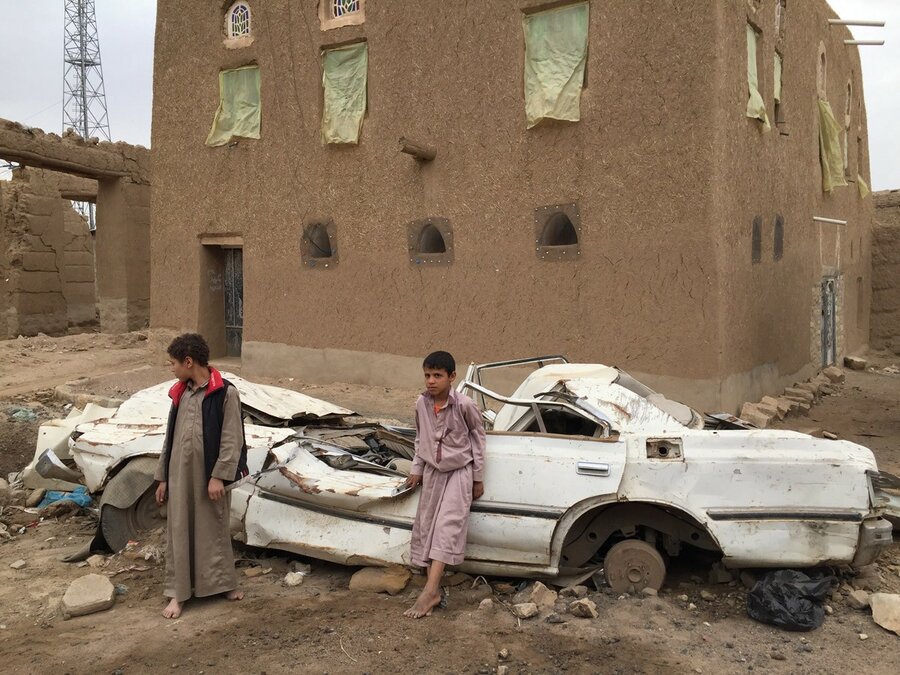
The streets where these children used to play are now covered in rubble and wrecked metal; their homes and schools destroyed. The destruction of infrastructure, the economic crisis and soaring food prices — up 35 percent over the past year — are pushing more and more people into hunger.
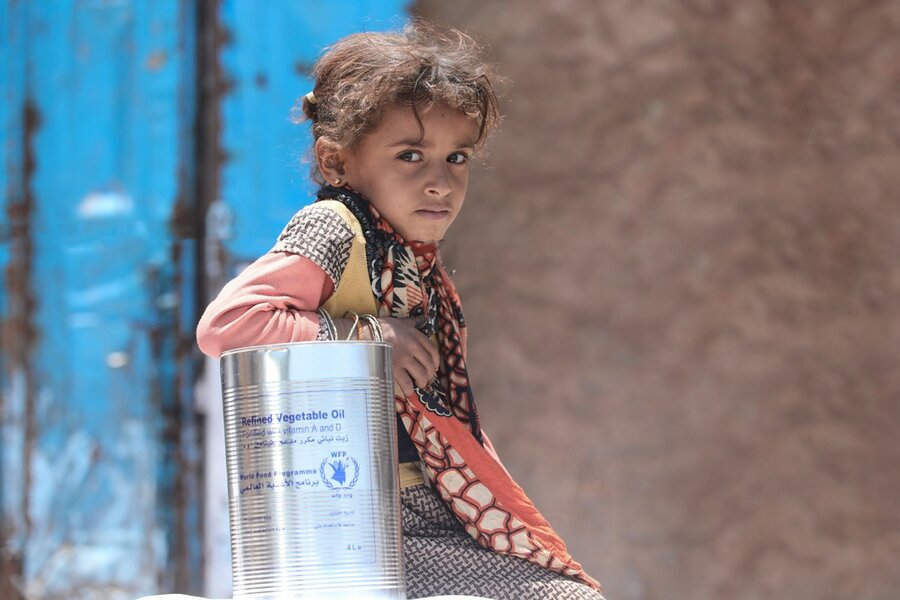
Relentless fighting is hindering the delivery of international assistance, on which millions of Yemenis depend for survival. Over the past months, WFP has supported more than 7 million people per month. WFP food assistance includes wheat grain or flour, pulses and vegetable oil. Vulnerable women and children receive specialized nutritious foods.
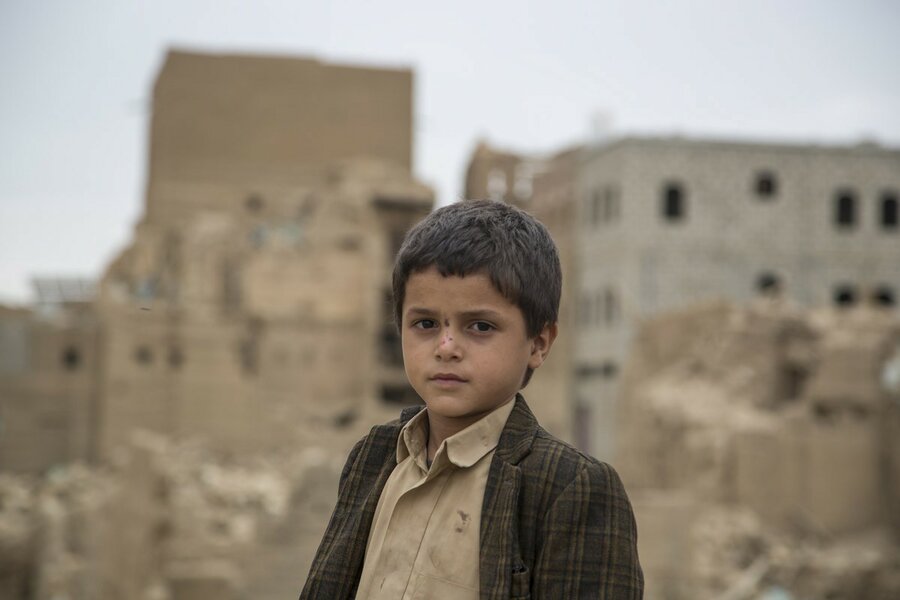
Standing among the ruins of what was once his neighbourhood in Sa'ada, 7-year-old Ahmed still dares to dream about the future. He wants to be a doctor one day. But the dreams and aspirations of a whole generation of Yemeni children are at risk of becoming yet another casualty of war.
To keep those children healthy and their dreams alive, WFP has started a school feeding programme, aiming to provide ready-to-eat, nutritious food to 600,000 children during the 2018/2019 school year.
The children of Yemen have lost their childhood to war. Only immediate and lasting peace will give them a chance to to grow up to rebuild their country.

